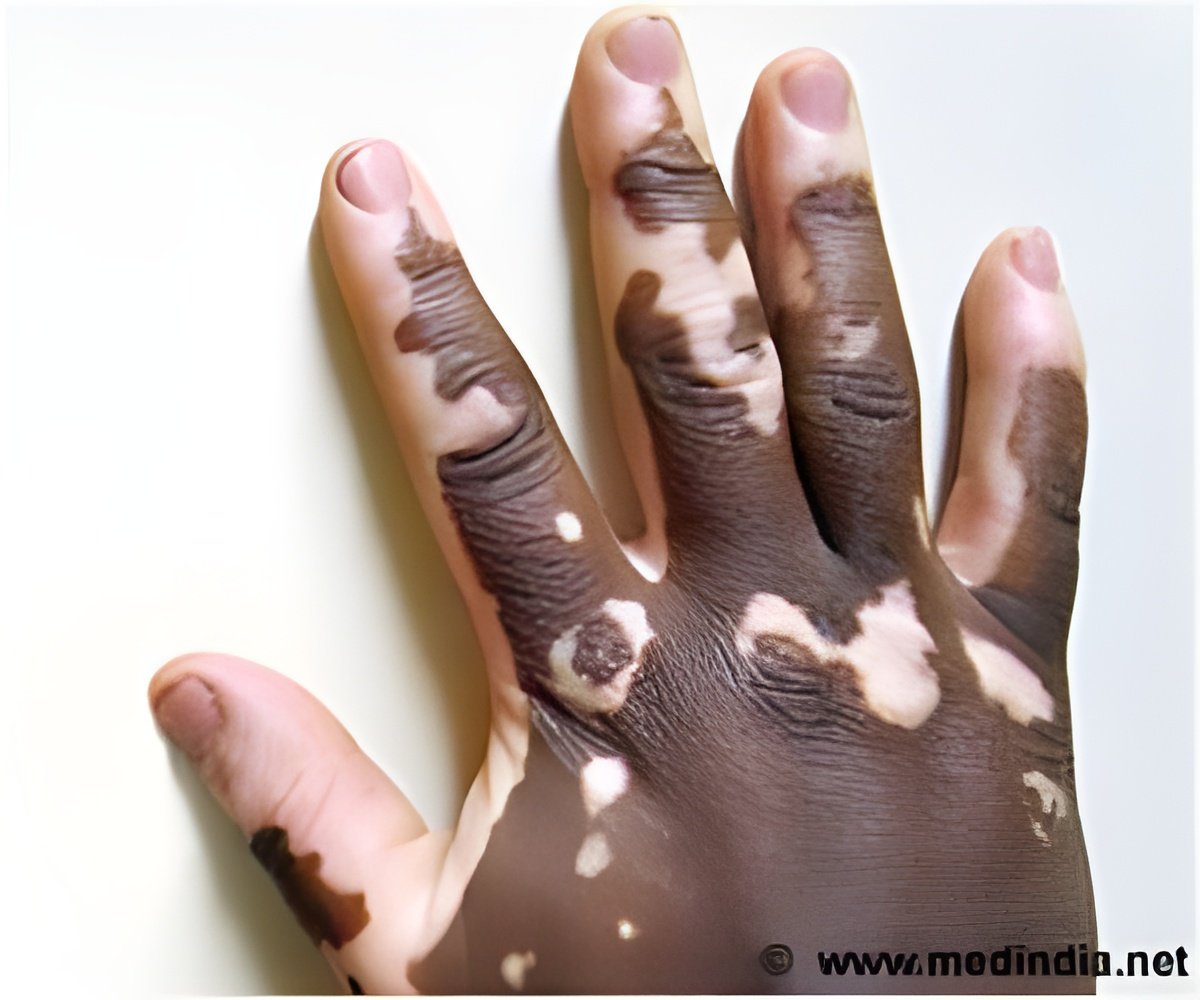A lot of social stigma is attached to vitiligo and adolescents who are afflicted often slip into depression, say doctors.

"People look at me differently. I feel like an outcast when my college mates bully me saying I look like a cow. The most disdainful thing is when people avoid sitting beside me. I feel like shouting that vitiligo is just a skin disorder and does not spread through contact," Sharma told IANS.
According to doctors, a lot of social stigma is attached to vitiligo and adolescents so afflicted often slip into depression. "A lot of misconceptions prevail about vitiligo, such as it being contagious and painful, but this is not true. A lot of awareness is needed about vitiligo - that it can be treated, and does not spread through contact. I have seen cases in which marriage becomes difficult for such patients," Niti Khunger, a dermatalogist at Safdarjung Hospital, told IANS.
According to doctors, vitiligo can be hereditary in some cases, but a major cause for it is autoimmunity or the malfunctioning of the white blood cells.
Surgical treatment of vitiligo has advanced in the last few years.
"The results are encouraging and patients must not lose hope," said Rohit Batra, dermatologist and vitiligo expert at Sir Ganga Ram Hosptial.
"A very thin skin sample from the normal pigmented area is removed and spread on the scraped white spots. The dressing is removed after a week and natural pigmentation starts. The entire white area becomes normal within two-four months. The procedure is absolutely pain-free and there is no blood loss. Many opt for it," Batra said.
Cosmetic surgeons say the treatment of a white patch of about 100 sq cm on a patient's hand would cost between Rs.20,000 and Rs.40,000 in India.
For non-spreading vitiligo, medical treatment produces good results.
"Besides, melanocyte phototherapy with narrow band ultra-violet B light and laser therapy also produces good results in widespread and localised vitiligo," said Sudhir Aggarwal, a vitiligo expert.
Doctors said that a diet rich in antioxidents - fresh fruits and green leafy vegetables - and a good stress-free lifestyle can control the condition, which afflicts about two percent of the Indian population.
Source-IANS
 MEDINDIA
MEDINDIA




 Email
Email




